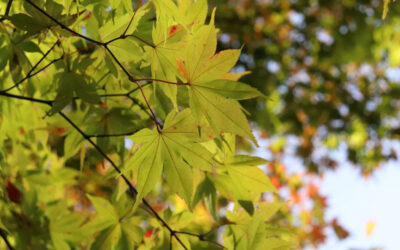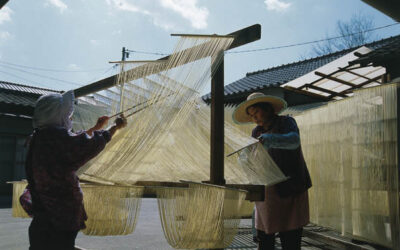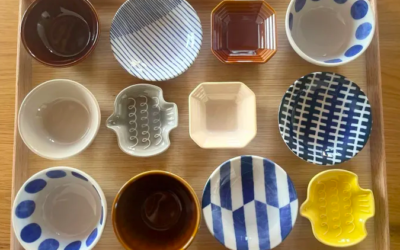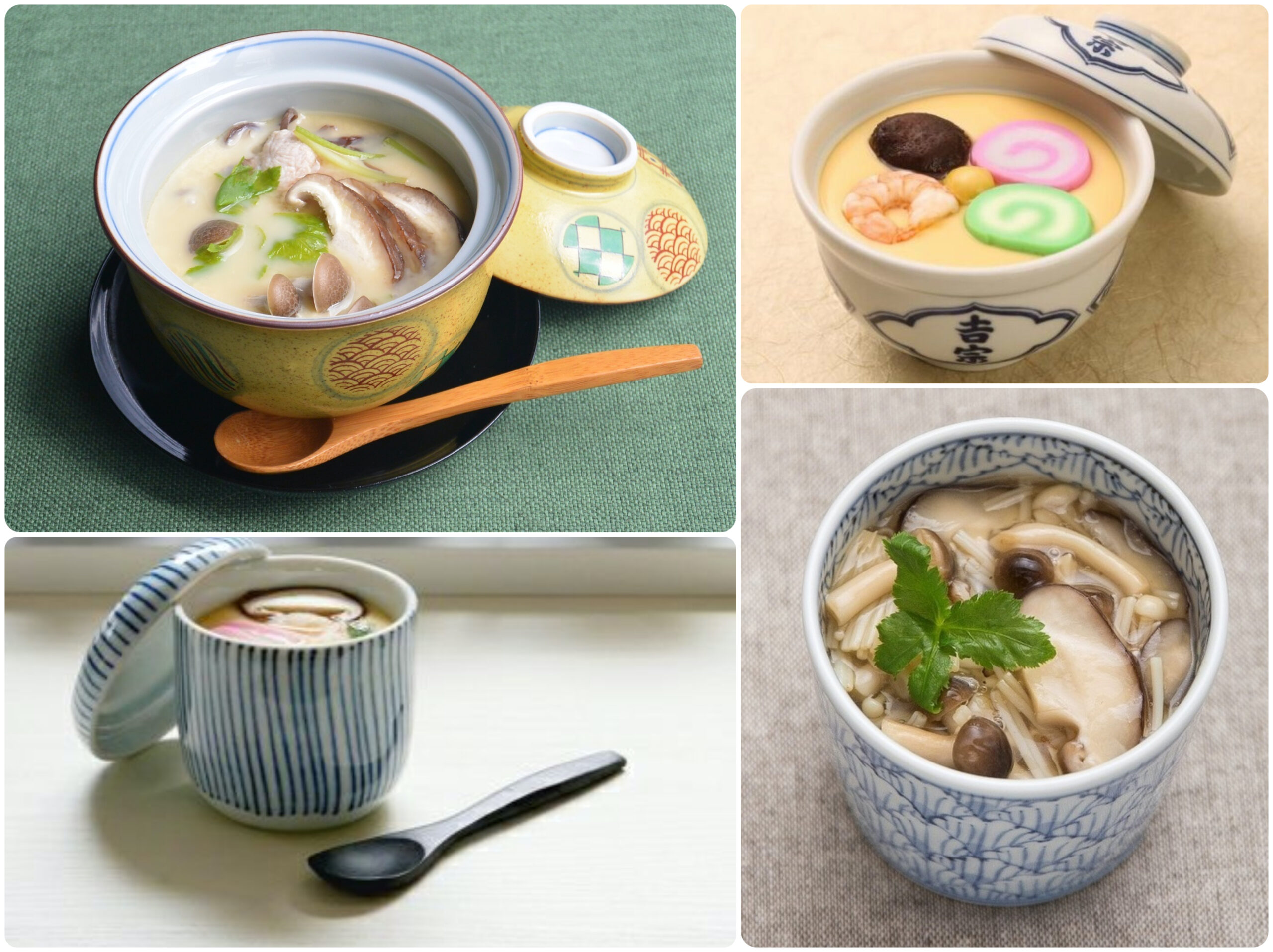
Silky, savory egg custards called CHAWAN MUSHI 茶碗蒸し are served in cups with a spoon. The egg and dashi mixture is delicately seasoned with mirin and light-colored soy sauce. Various tidbits such as mushrooms, ginko nuts, chicken, shrimp or kamaboko (fish sausage) can be nestled in the custard. Or a plain custard can be topped with a savory sauce.
Chawan mushi custards are most often served in a restaurant venue as one of many dishes in a formal, multi-course meal. In the home setting chawan mushi would be served on special occasions, demonstrating the culinary prowess of the home cook and his or her commitment to not taking shortcuts.
Try your hand at making chawan mushi DOWNLOAD the recipe.
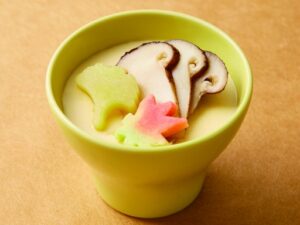
Visit PROJECT Serving Chawan Mushi for information about cooking and serving vessels.
And, if you haven’t yet read my October 2024 newsletter about CHAWAN MUSHI, check it out.

